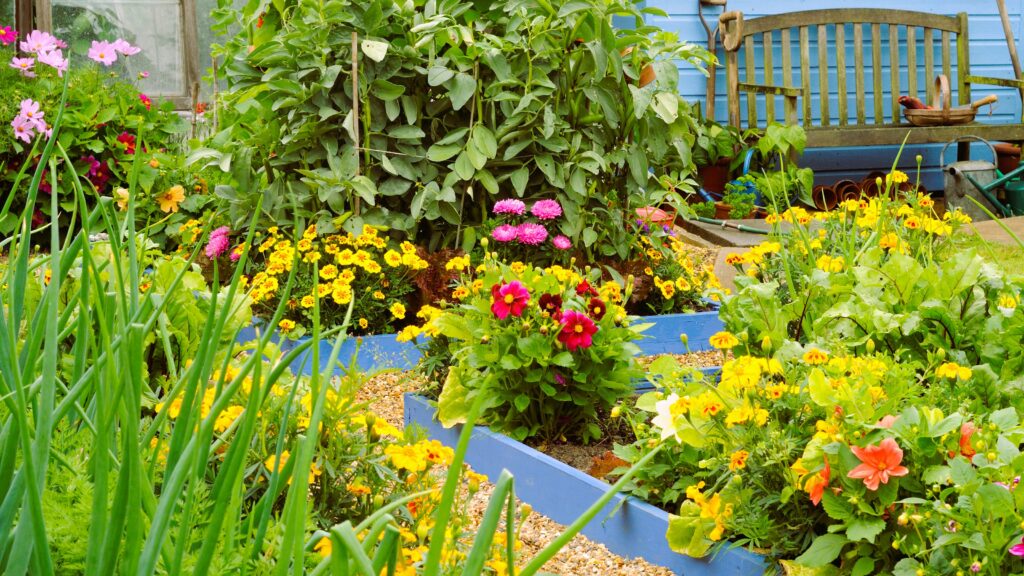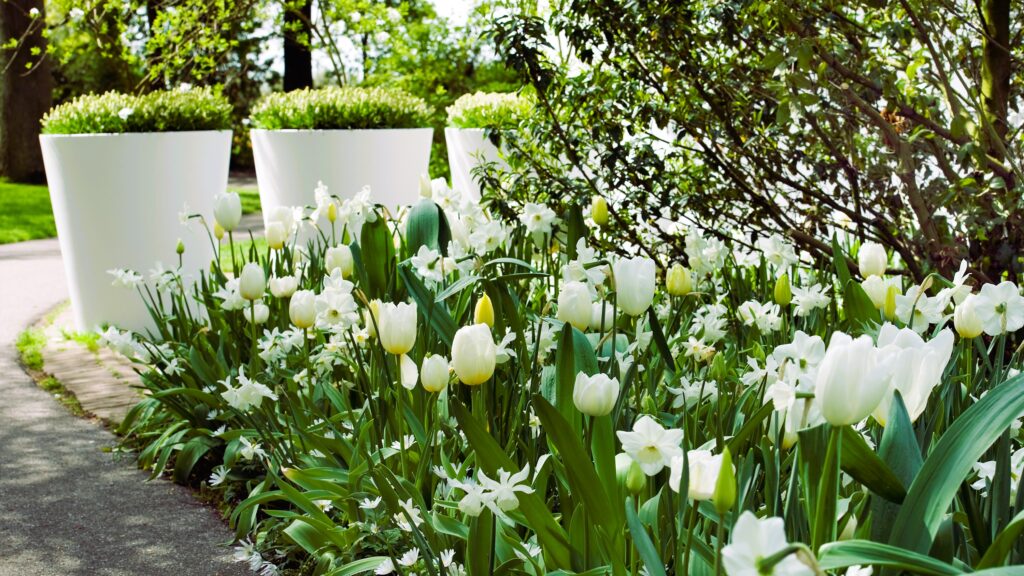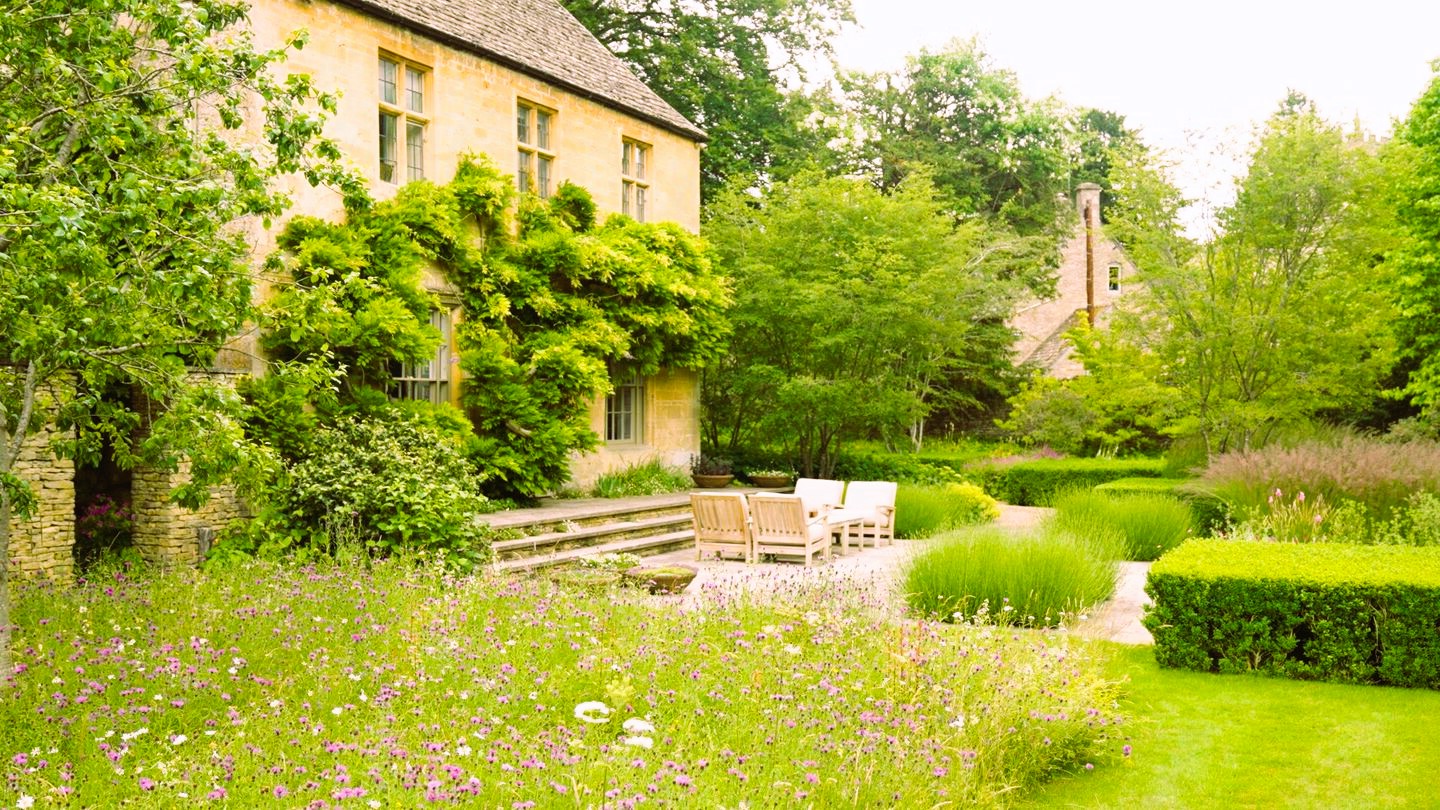Garden design is an art form that allows individuals to create beautiful and harmonious outdoor spaces. The principles of garden design are influenced by various factors, including the aesthetics of nature. By understanding and incorporating the natural elements, garden enthusiasts can achieve a visually pleasing and serene garden. This article explores the importance of nature in garden design and provides insights into creating a harmonious garden that resonates with the beauty of the natural world.
Understanding the Aesthetics of Nature
Nature has long been a source of inspiration for artists, poets, and designers. Its inherent beauty, balance, and diversity have guided many creative endeavors, including garden design. The aesthetics of nature involve principles such as proportion, balance, rhythm, and harmony. These principles can be applied to garden design to create visually appealing spaces that evoke a sense of tranquility and wonder.
Proportion and Balance
Proportion is a fundamental principle in garden design, as it establishes a sense of order and harmony. Just as in nature, where elements are balanced and proportional, a garden should strive to achieve a similar equilibrium. This can be achieved by considering the size, shape, and placement of various garden elements, such as plants, pathways, and structures. By maintaining a balanced composition, garden designers can create a visually pleasing and harmonious environment. Learn how to make the most of your space here.

Rhythm and Movement
Rhythm and movement are essential elements in both nature and garden design. In nature, rhythm can be observed through the repetition of patterns, such as the alternating sequence of tree trunks in a forest or the gentle waves in a lake. Similarly, in garden design, rhythm can be created by repeating elements like plantings, hardscape materials, or focal points. This repetition adds a sense of flow and continuity to the garden, enhancing its visual appeal and creating a dynamic experience for the viewer.
Harmony and Unity
Harmony is a crucial aspect of the aesthetics of nature. In nature, different elements coexist in a harmonious manner, contributing to the overall beauty and balance of the environment. Similarly, in garden design, achieving harmony involves selecting and arranging elements that complement each other. This can be achieved through thoughtful plant selections, considering color schemes, textures, and forms that work well together. By creating unity and harmony within the garden, designers can evoke a sense of tranquility and a connection to the natural world.
Incorporating Natural Elements
To create a garden that embraces the aesthetics of nature, it is essential to incorporate natural elements into the design. This can be done through the selection of plants that are native to the region or by incorporating natural materials, such as stone or wood, into hardscape features. By using natural elements, garden designers can create a space that feels organic and seamlessly integrated into its surroundings.
Sustainable Practices in Garden Design

In addition to aesthetics, sustainability is an important consideration in garden design. By adopting sustainable practices, gardeners can minimize their impact on the environment and create gardens that are in harmony with nature. This can include using water-efficient irrigation systems, selecting drought-tolerant plants, and implementing composting and recycling methods. Sustainable garden design not only benefits the environment but also creates a healthier and more resilient garden in the long run.
Conclusion
The aesthetics of nature provide valuable guidance for creating a harmonious garden design. By understanding and incorporating principles such as proportion, balance, rhythm, and harmony, garden enthusiasts can craft visually pleasing and serene outdoor spaces. Moreover, by incorporating natural elements and adopting sustainable practices, gardeners can create gardens that not only celebrate the beauty of nature but also contribute to a healthier planet. By embracing the aesthetics of nature, we can create gardens that inspire and rejuvenate, allowing us to connect with the wonders of the natural world.
For more information on garden design principles and sustainable practices, you can visit the following websites:
- Wikipedia – Garden design: Link
These resources provide comprehensive information and insights into creating beautiful and harmonious gardens while promoting sustainability and preserving the natural beauty around us.

